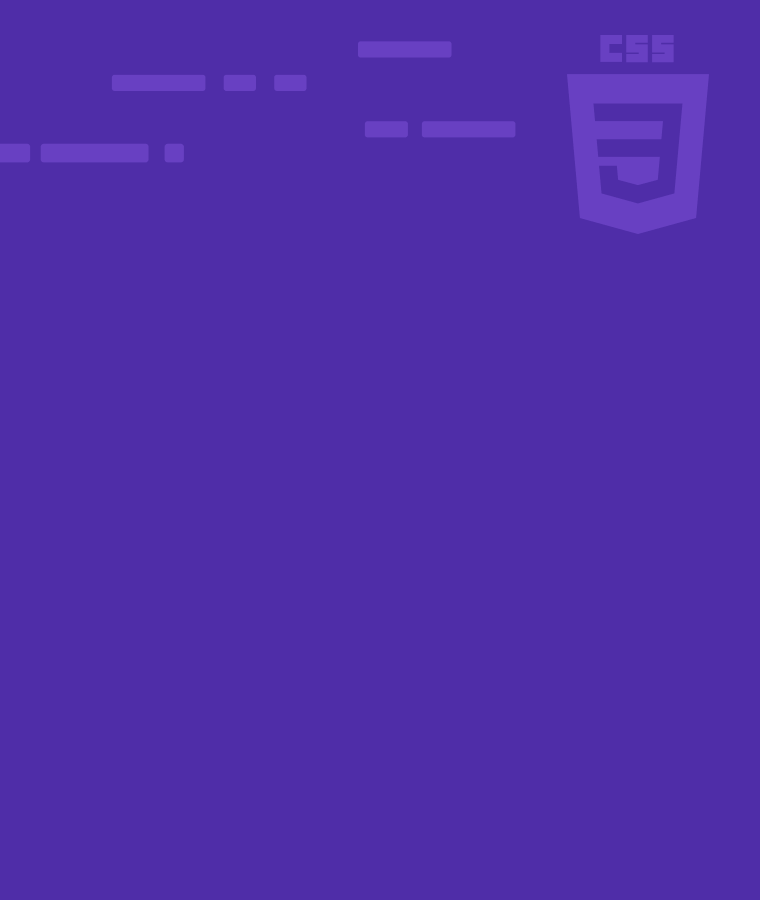
Front-end Vs Back-end Programming: What is the Difference?
The terms front-end and back-end programming can be very confusing when you first hear them. You should know that these two aspects of programming are part of web development.
What’s web development? Web development is the process of creating a website or web application. We can divide it into two main layers: front-end and back-end development.
Every website has a back-end and front-end.
According to Statista, between 1991 and 2021, the total number of websites on the internet was 1.88 billion. The number rises yearly. That’s how massive the web is and how the web development industry has shaped the 21st century. These days, every business and organization believe it’s essential to have a website and handle core activities on their website.
Curious about web development now? Then it’s important to learn the difference between front-end and back-end development.
Or you can just jump in and get started with web development with this course.
What Is Front-end Programming?
Front-end is what we always see when we interact with any web page. For example, as you read this blog post, the entire interface that ensures this page is attractive and easy to read. This is thanks to a front-end developer.
Front-end programming or development is also known as client-side development.
It is a critical component of web development because it deals with what users can interact with and see. A front-end developer’s primary responsibility is to code and bring to life visual designs.
For example, Dribbble has a lot of nice visual designs that a front-end developer can bring to life with code.
Usually, UI/UX designers come up with the visual design, and then front-end developers bring them to life with code.
A big part of front-end developers’ work is ensuring that web pages function correctly for users on any device… no matter whether desktop, mobile or anything else.
A front-end developer can use their skills alone to create a website known as a static website.
Static websites don’t need databases. They display fixed content, like landing pages. For example, a dentist who wants to build a website to display information about his business and address will use a static website. This information can be images showing the entire location, staff, facilities, and lots more.
Another example is a school that only needs to display pictures and information about their school, the activities, the location, and the staff.
These are only some of the many scenarios why people use static websites.
Front-end Development Languages
As a front-end developer, you need to know three important technologies HTML, CSS, and JavaScript. They ensure that you get a beautiful and interactive website or application.
HTML — Hyper Text Markup Language
HTML stands for Hyper Text Markup Language. It’s the skeleton of all web pages and applications. You can use it to structure your page into elements such as paragraphs, headings, navigation, sidebars, etc. HTML is the starting point of anything that appears on the web.
HTML alone does not make your web page appealing. In fact, it’s pretty bland as far as design goes. It only provides a structure we style with CSS to make it presentable and appealing for users.
CSS — Cascading Style Sheets
CSS stands for Cascading Style Sheets. You use it to style your HTML web page and make it look pretty for your audience
JavaScript
JavaScript, abbreviated as JS, is a programming language used with HTML and CSS that makes web pages more interactive. It adds animations, transitions, dynamic styling, etc.
JavaScript has some frameworks and libraries that can help us make front-end development easier, such as React, Vue, Angular, and many more.
How To Become A Front-end Developer
Becoming a front-end developer starts with understanding the basics which are HTML, CSS, and JavaScript.
Think you want to be a front-end developer but aren’t 100% sure? Well, if you like working with visual design – including colors, shapes, and organization – you might enjoy it. A major part of the job of a fronted developer is to create pages that have a good user experience.
What Is Back-end Programming
Back-end programming is the second layer of web development. It is the non-visible component of every dynamic website. It handles the behind the scenes logic and is includes storing, organizing, and supplying data to the client-side.
Back-end development is also known as server-side development. It’s concerned with everything on the server, including databases, back-end logic, application programming interfaces (APIs), architecture, and much more.
The front-end constantly contacts the back-end to retrieve and send information. Back-end programming combined with front-end development allows you to create a fully dynamic website.
With front-end skills, you can create a static website which displays fixed content. With a back-end, you can now create a dynamic website whose content changes depending on what information is in its database. We can also modify database content with user input.
Back-end Development Tools/languages
Back-end development has two major components: a database (storing data) and a programming language (for interaction between front-end and back-end). They use various tools.
Databases
The database is essential to building a dynamic website. You use it to manage all product and user information. A database stores website content in a structure that makes it easy to retrieve, organize, edit, and save data. Many database types exist, such as MySQL, MongoDB, SQL Server, PostgreSQL, and Oracle.
Programming Languages
When building dynamic websites and applications, the front-end needs to communicate with the back-end, and the back-end needs to communicate with the database. We create this connection with back-end programming languages like Ruby, PHP, Java, .Net, Python,and JavaScript.
How To Become A Back-end Developer
There are many paths you can take to become a back-end developer. It helps if you remember that you don’t need to learn every back-end language, framework, and database. The best advice is to pick one back-end language, understand how it works with the database, and maybe learn the framework.
For example, you could learn PHP, alongside MySQL for database, and its framework Laravel to make back-end programming easier. Another example could be learning Python, alongside maybe PostgreSQL and the Django framework. It’s totally up to you to choose.
You can check out the Sololearn courses as there is a detailed course for all these technologies you just read.
Difference Between Front-end And Back-end Development
Languages
Both have the same goal: creating a fully functional dynamic website. Yet, they work separately and use different programming languages.
A front-end developer will use primary programming languages such as HTML, CSS, and JavaScript. Front-end has frameworks and libraries to assist front-end developers, such as Sass, Tailwind, Vue, React, and others.
Back-end developers work with programming languages such as PHP, C++, Java, Ruby, Python, and JavaScript. They also work with frameworks such as express, Rails, Spring, Django, and Laravel.
Tasks
The front-end is all about implementing visual designs, connecting with the back-end, and ensuring that the web page is adaptable to all devices. In contrast, the back-end works on the logic, database, structure, and organization, which happens behind the scenes of any dynamic website.
Can’t decide? You can learn both!
Many people want to build dynamic websites on their own, which is where a full-stack developer comes in.
A full-stack developer works on both the front-end and the back-end. They are responsible for both the client and server sides of a web page, which means they must be well-versed in both.
Now that you know what front-end and back-end programming is, do you want to try creating your own website? If front-end development is more interesting to you, check out our bite-sized lessons on JavaScript, or if back-end sounds like more your thing, you try out our super popular Python course!


